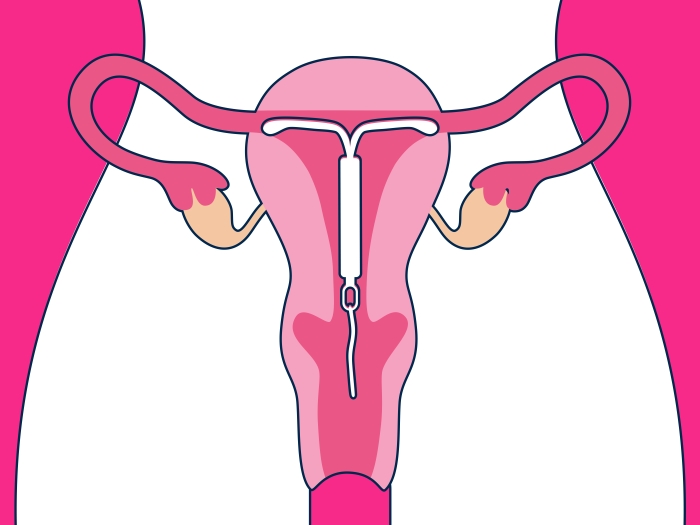After decades of falling global maternal mortality rates, has momentum evaporated?
5:00 AM
Author |

Making childbirth safer for women has for decades been a focus of the global health community, with steady maternal mortality rate declines across much of the world to show for it.
But maternal health researchers at Michigan Medicine and their Ghanaian collaborators are urging peers not to get complacent following a recent WHO report which shows improvements over the last few years have largely stalled—and have even receded in some places.
Their article, appearing in The Lancet, urges colleagues to take a second look at the complex causes and implications of maternal mortality rates, lest decades of gains be lost.
“If the world is to achieve the SDG goal of fewer than 70 maternal deaths per 100,000 livebirths by 2030, a concerted effort will be required to reverse what appear to be troubling trends,” they wrote.
The piece was authored by Associate Professor of Learning Health Sciences and Ob-Gyn Cheryl Moyer and Assistant Professor of Ob-Gyn Emma Lawrence, along with three collaborators from Ghana: Titus Beyuo and Samuel Oppong at Korle Bu Teaching Hospital, and Methodius Tuuli, now at Brown University.
Worldwide, the estimated number of maternal deaths per 100,000 births dropped from 339 in 2000 to 223 in 2020. But isolating the data from 2016 to 2020 paints a more complicated picture; just 31 countries managed to reduce their maternal mortality rates in the later period, while rates stagnated in 133 countries and actually increased in 17 countries (including the United States).
“The WHO data show that improving MMR is possible for nations. What the data do not show are the reasons why 150 countries had no improvement or even worsening of maternal mortality between 2016 and 2020,” the team wrote.
The researchers posit several likely explanations, from the pandemic to systemic pressures resulting from climate disasters or political instability.
But they also note the increasing number of pregnant women presenting with non-communicable diseases.
Many health systems, while now able to successfully navigate comparatively manageable challenges like post-partum hemorrhage or sepsis, still struggle to identify and treat more complex risks associated with hypertension, obesity or cardiovascular disease.
“Pregnant women requiring complex chronic disease management across multiple medical specialties rely on functional, integrated, effective, and high-quality health systems … during and after their pregnancies.
"Perhaps this explains why countries such as Australia and New Zealand, known for their high-quality, integrated health systems, have been able to reduce maternal mortality despite changing patient demographics,” the team noted, citing two of the rare countries to register maternal mortality rate reductions since 2016.
Sub-Saharan Africa continues to be significant driver of the global maternal mortality burden, accounting for more than two thirds of maternal deaths, globally.
According to the WHO report, while sub-Saharan Africa reduced maternal mortality rates from 802 per 100,000 births in 2000 to an estimated 536 in 2020, the vast majority of those gains were realized prior to 2016.
And maternal mortality rates in the region still remain exponentially higher than those in other parts of the world—13 deaths per 100,000 births in Europe, or 20 in North America, for example.
“Now is the time for governments, policy makers, health-care providers, and communities to recommit to preventing maternal deaths. Maternal health outcomes can be seen as a marker of the overall functioning of a health system, with a unique confluence of preventive care, chronic disease management, acute emergency care, and at times, surgical management,” the team wrote.

Explore a variety of health care news & stories by visiting the Health Lab home page for more articles.

Department of Communication at Michigan Medicine
Want top health & research news weekly? Sign up for Health Lab’s newsletters today!





